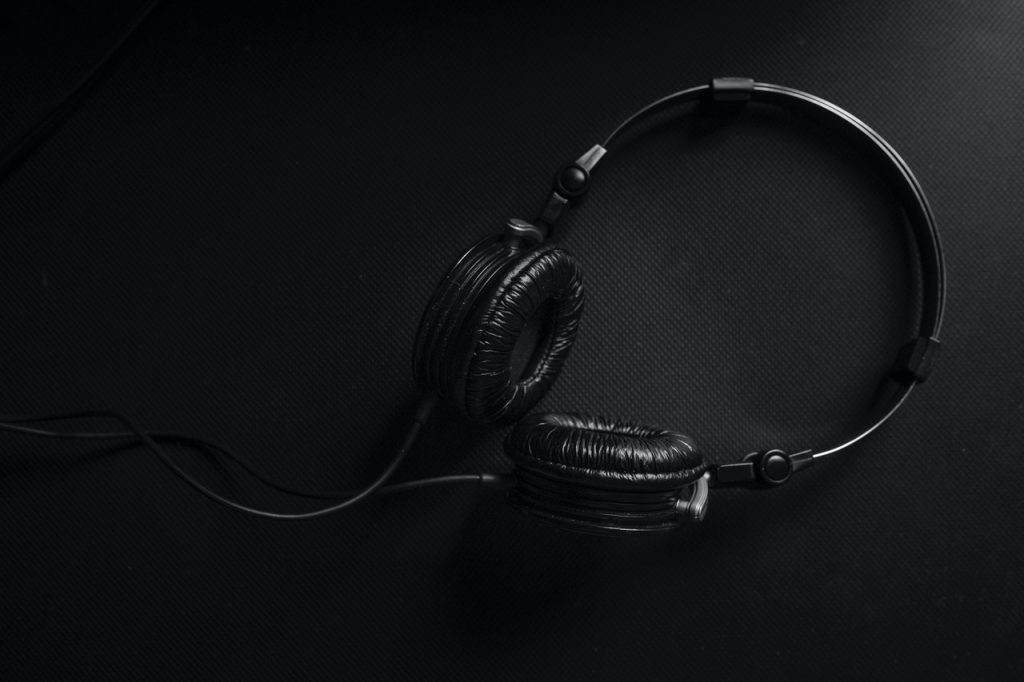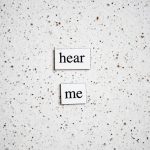
You might have seen them before; a line graph with two different lines and some funny shapes O’s and X’s drawn on them. An audiogram, more commonly known as a pure-tone audiometry, is a common diagnostic method for hearing loss.
The results obtained through this hearing test are displayed on an audiogram, which is then used by an audiologist to diagnose a hearing loss.
Contents
What Is An Audiogram?
If you’ve seen a doctor about your hearing health, they might have referred you to an audiologist for a hearing test.
This hearing test involves logging your response to certain sounds that can be used to identify hearing loss. You’ll need to listen to different tones at various frequencies (particularly those most important for hearing and understanding speech) and volumes.
The results are displayed on an audiogram — a graph used to show your ‘audiometric’ data. Audiograms help to show the type, degree, and configuration of your hearing loss. This is necessary because you might be able to hear low pitches normally, but not high pitches (or vice-versa).
If you look at an audiogram, you will see plotted points for both your left and right ear. An ‘O’ is frequently used to represent responses for the right ear and an ‘X’ for the left ear.
Overall, audiograms are a convenient way to visualize hearing ability, as they use a scale that relates to the ‘normal’ range of hearing.
How and Where Can I Get One?
If you go to your physician for a diagnosis, they will be able to refer you on to an audiologist.
You’ll be able to make an appointment with this referral or you can find a local audiologist directly. We recommend that you avoid chains and big stores. Getting a trusted audiologist recommendation from a friend or family member could also be helpful.
To find out if an audiologist is licensed, you can check with your local Better Business Bureau, consumer protection agency, State Attorney General’s office, or the American Speech-Language-Hearing Association (ASHA).
It’s also worth noting that hearing tests are not usually covered by Medicare — be sure to check the details of your plan or contact your insurance provider.
Generally, there are no special preparations required for the test, you can just show up to your appointment.
How Is An Audiogram Test Done?

You shouldn’t be worried about your hearing test — they’re painless, non-invasive, and pretty straightforward.
Your audiologist will take you to a quiet, sound-treated room, where you’ll be asked to wear headphones or soft earplugs. These headphones will have wires connected to an ‘audiometer’ — a special instrument used to conduct the test.
Once things are set up, your audiologist will give you instructions through your headphones. Your test will include listening to tones at different frequencies (pitches) and volumes. This is to measure your threshold for tones over a range of frequencies (usually 250 – 8000 Hz, the frequency range necessary to understand speech).
During the test, when you hear a sound, you’ll raise your hand or push a button. Your audiologist will note how loud the sound was at each frequency. Accurate reporting on your behalf is important for an audiogram that is truly reflective of your hearing ability.
There might also be a speech audiometry part of your hearing test, which uses live or recorded speech (not pure tones) to measure the softest speech sounds you can hear and understand. This helps to determine the upper limit of your listening level. You might also listen to words and statements to a background of increasingly noisy sounds, reflective of real-world environments.
When you’ve completed the test, the audiologist will explain your results.
How Does An Audiogram Determine Hearing Loss?
An audiogram shows the severity (degree) and the pattern of your hearing loss in the form of a graph.
The Y axis shows the loudness of the sound in decibels, with lines at the top of the chart for lower dB soft sounds (such as a ticking clock) and lines at the bottom for higher dB loud sounds (such as a lawnmower).
The X axis shows the frequency & pitch, with starting from lower and growing higher. This is measured in Hertz (Hz). Human speech usually falls between 250Hz and 6000Hz.
‘X’s and ‘O’s at the top of the graph signify normal hearing. Where ‘X’s and ‘O’s are farther down the graph, it shows that you have some degree of hearing loss.
For example, if you have 30 dB hearing loss at 1000 Hz then you’ll have difficulty hearing softer sounds at that pitch.
While audiograms are very effective at revealing various hearing difficulties, audiograms cannot explain all auditory behavior. Hidden hearing loss is not detectable through standard hearing tests, and won’t show up on an audiogram. Also, some people who have extremely similar audiograms will still experience differences in their hearing.
There might also be problems with your outer or middle ear, so bone conduction testing might also be performed as part of pure-tone audiometry. The same frequencies are tested, and you will still be asked to respond to the softest level you can hear. These results are then plotted on the audiogram as bone-conduction results, so the audiologist can see if there is a significant difference between them and the air conduction results that could indicate an issue with the outer or middle ear.
There are many types of hearing loss that can be diagnosed from an audiogram.
The information in this guide has been written using the following reliable sources:
https://www.babyhearing.org, https://www.asha.org, https://www.californiaearinstitute.com, https://www.hearingdirect.com, https://www.fda.gov, https://mayfieldclinic.com, https://www.healthyhearing.com








